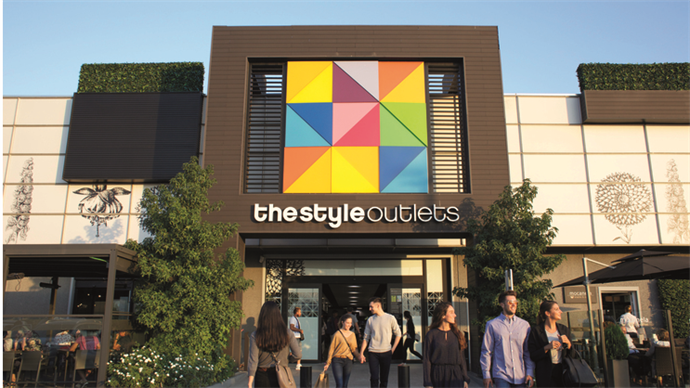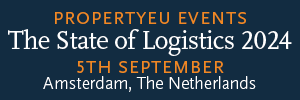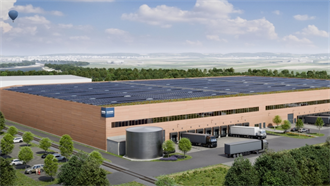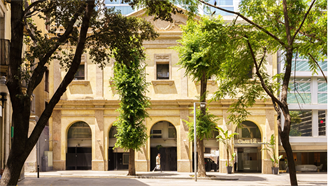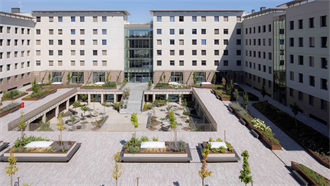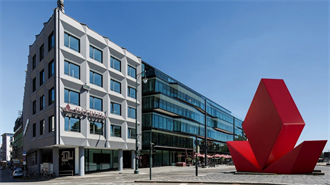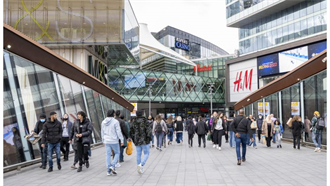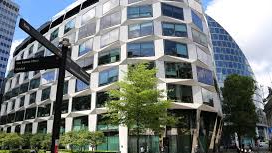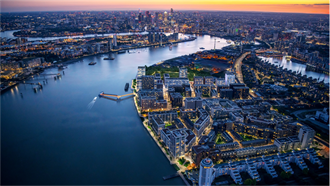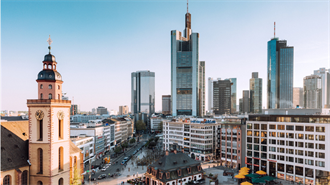If you had to design a retail format for pandemic times, you would probably create a bespoke, open-air format distinguished by must-have brands, where considerations such as price point and customer safety were front of mind.
So it is that outlet centres proved one of the more resilient retail sub-sectors during the global health crisis, and continue to represent something of a sector beacon as the world returns to normal.
Neinver was able to reopen all 21 of its centres across six European territories in June, says Joan Rouras, Neinver’s new head of leasing and retail. He adds: ‘Our centres have been gradually performing better and better, with sales rising above pre-pandemic levels over the summer and into the early autumn.
‘Footfall figures have not yet made a full recovery, but visits have become more productive and so we’ve been able to offset this drop in footfall with a higher spend-per-visit. The fact that our centres are located in densely populated catchment areas makes them more resilient in the face of lower inbound tourist arrivals.’
Post-Covid considerations
As economies emerge from the Covid era, Rouras is clear on what consumers want. ‘The new shopping habits that were forged during the pandemic remain unchanged. Shoppers are still concerned about safety, product and price, when it comes to choosing where they shop.
‘Many people across different countries are still reluctant to gather in large crowds, so the fact that many outlet centres are open-air spaces is an advantage. Promotions and discounts have proven to be major incentives for shoppers, as demonstrated by the growing demand for our outlet offer.
‘However, consumers aren’t only enticed by the cheaper price tag. They are also reconnecting with the joy of the shopping experience, and they seek out interaction and meaningful experiences as a form of relaxation and entertainment. However, at the same time they want to feel comfortable and expect
good customer service.
'Customers continue to plan before they shop, and they expect more information to be available for products, brands, promotions and events.'
The global health crisis has also reignited concerns around wellness – for both people and the planet. ‘We have also seen a real shift in the consumer mindset towards sustainability in recent years,’ says Rouras. ‘The pandemic has highlighted the importance of offering more sustainable products
and responsible ways of working in all areas of the value chain, as consumers increasingly opt for more environmentally-friendly, sustainable and ethical purchases.’
The future of leasing
Rouras’ new mandate at Neinver is to devise a leasing strategy which both matches customer expectations, while also setting new trends. ‘Our leasing strategy is focused on providing a full range of options, adapting our tenant mix to our target consumers, keeping the retail offer as relevant and appealing to each specific catchment area as possible, and ensuring there is always the right experience and shopping journey for every generation,’ he says.
‘It can prove quite challenging to strike the right balance. Our centres combine well-known national and international brands that range from mass market to aspirational, while adapting to the location and specifics of each centre.
‘For instance, in centres such as Roppenheim The Style Outlets or our Italian centres, we focus on having a premium offer, while some of our centres in Spain are more geared towards sports and outdoor wear. One big advantage of outlet centres – and something which we are now seeing more in other retail channels – is that they often favour shorter lease terms than traditional shopping centres. This provides us with greater flexibility to respond quickly to changes in the market, and ensure that we remain relevant to our immediate and extended catchment areas.
‘Over the last few years, we have also been opening more pop-up stores to provide a more dynamic offer and test out new concepts. The introduction of younger brands that don’t yet have a major presence in the outlet channel can also help broaden our customer base and attract younger consumers.’
More F&B on the menu
F&B is another key aspect of a centre’s appeal. ‘We have to offer our customers more reasons to visit – and that means having everything from food and fashion to leisure facilities all under the same roof. Food and beverage strategy is another focal point of our leasing strategy.
‘Consumers are not purely value-driven and they can find bargains online as well as in store. Our competitive advantage is the perfect balance of price, brand, discount leisure, food, services and entertainment and events. Finding the right F&B mix is paramount to this strategy.
‘We were already investing in this area before the pandemic and will continue to do so going forward, because food and beverage venues have also become an important anchor. A good variety of food and beverage options increases the amount of time a consumer spends in a store or shopping centre. That said, Neinver is increasingly moving towards a more strategic distribution of F&B tenants throughout its centres.
‘Once the current market uncertainty has dissipated, a compelling F&B offer in terms of quantity, diversity and quality of service, as well as the introduction of more pure leisure options, will continue to have a powerful effect on dwell time and broaden the appeal of centres appeal to a wider range of visitors.’
Although Rouras isn’t convinced that the mixed-use trend will completely transform outlet centres in the future, he notes that some assets have welcomed a broader range of services in recent times.
‘We are certainly seeing a move towards more urban and mixed-use environments. This trend will also apply to outlets, and we can expect to see a transformation of complementary spaces. ‘However, traditional outlets are more limited in this regard, as they are not always located in urban areas or in large towns and cities.
'They tend to be smaller in size and it would be more difficult to transform more restricted village formats and enclosed buildings. Ideally, by combining different spaces you can create synergies and make shopping centres a core part of the surrounding community, but this is definitely easier if you are demolishing or redeveloping existing properties.
‘That said, we are seeing a rise in complementary services at certain shopping centres, such as health clinics, pet services, pharmacies, gyms, children’s leisure spaces and so on, and we expect to see continued growth in this area.'
Digital future
While Neinver had already been embracing digital innovation for several years, Rouras concedes that the pandemic has accelerated this process. ‘Nowadays, consumers shop across multiple channels and devices, so a digital-first experience has become more than just a nice extra.
‘Neinver’s approach is to focus on understanding and predicting consumer spending habits by using innovative tracking tools to better understand how our customers move and shop within all our centres. This will allow us to deliver a more relevant proposal to them.
‘We also reach out to our customers at given points during their journey, such as early stages of the process when they are browsing online. We are currently working on new websites, developing a loyalty programme, enhancing our social media strategy and rolling out new services such as virtual
shopping, click & collect and appointment reservations.’

